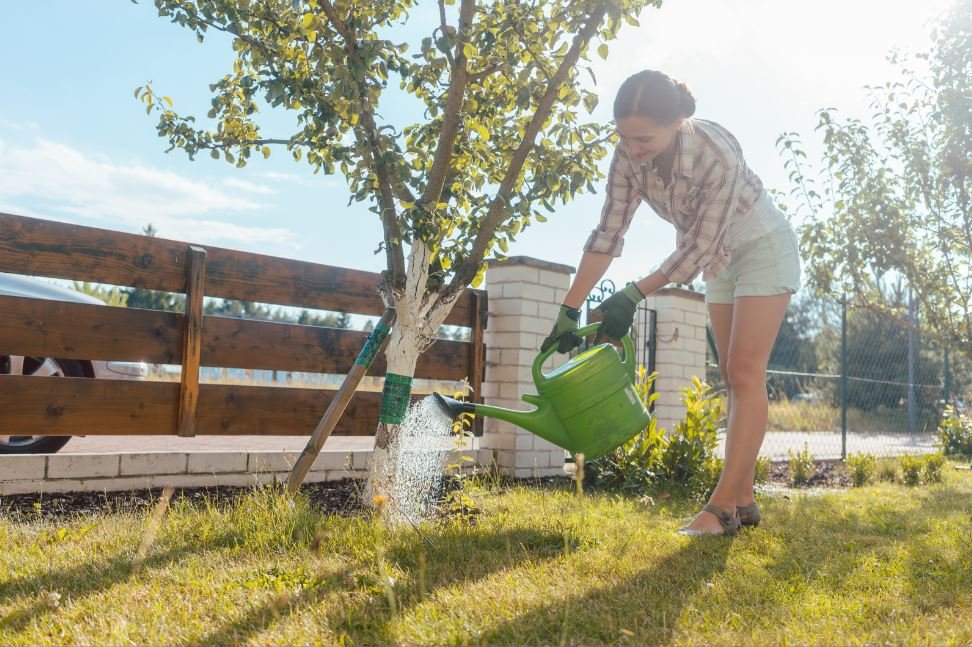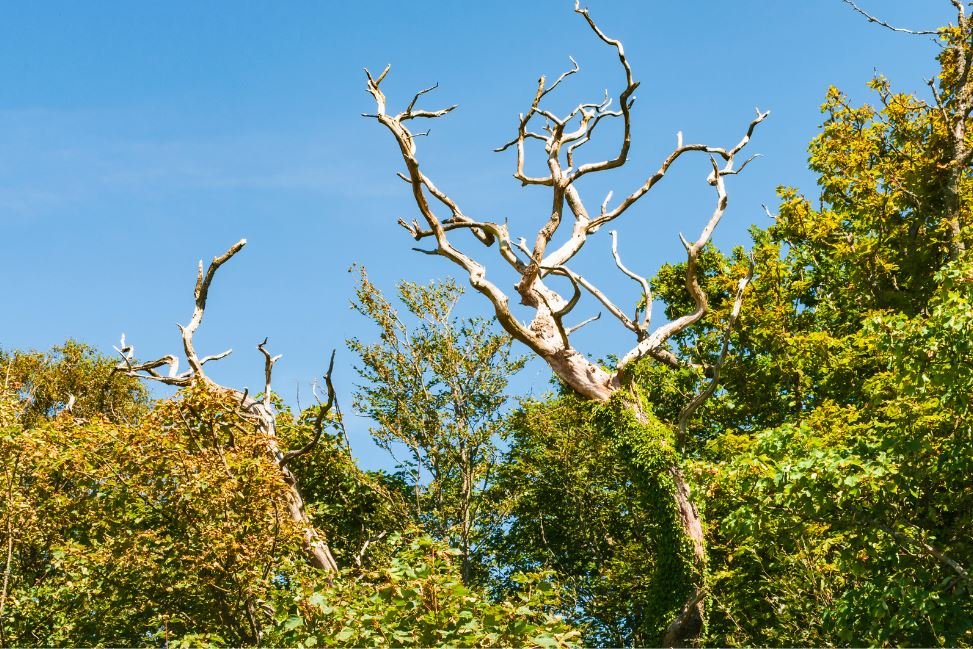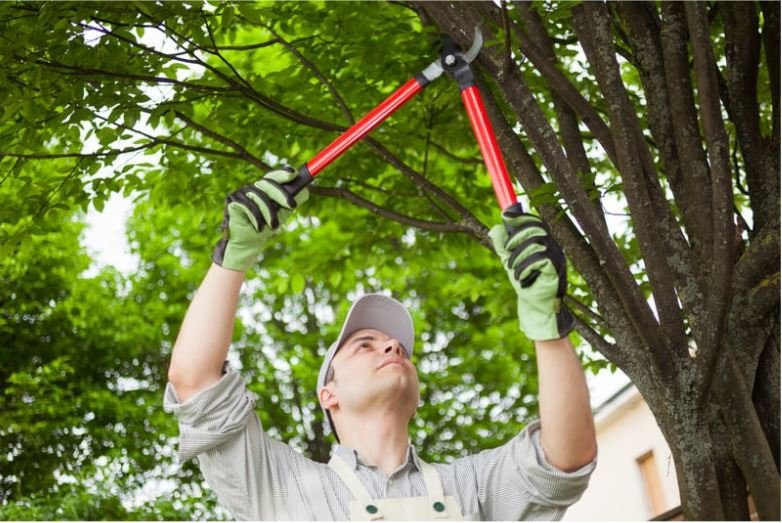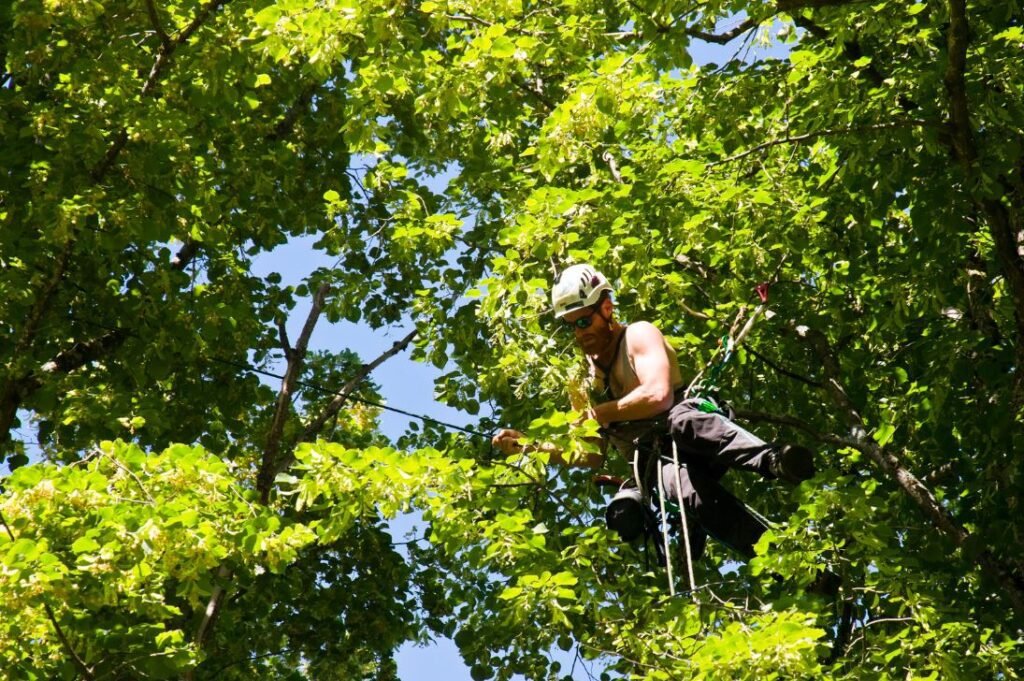What is transplanting?
Lifting a tree from the ground and transferring it to a new home. Do you realize a certain tree was planted in the wrong spot? Do you wish to move and carry a beloved tree with you? Do you think a particular tree has outgrown a certain space? Basically, all the problems can be sorted through transplanting. Many planters wonder how and when to transplant their trees. This is a guide on best practices during transplanting.
Ideal time for transplanting.
Transplant a tree only when it is dormant in spring or fall. Uprooting and transferring a tree with full leaves destroys the trees water flow systems. Such a tree could suffer from transplant stress and would struggle to establish in its new location.
A dormant tree, on the other hand, does not rely much on the water supply and does not need its leaf and fruits. Transplanting such a tree gives it time to establish its roots and stock nutrients before the start of the next growing season. Transplanting trees in winter when there is frost risks damaging the roots and makes the whole process difficult.
Transplanting site.
Planters must ask themselves whether the site meets the growing conditions of the tree. suitability of the site must be evaluated for factors such as drainage, soil nutrients and pH and exposure to light. This evaluation increases the chance of success. If a site does not meet the criteria required a planter should consider a different site. The ideal location can be dictated by the size and specs of the tree.
Other factors to consider include underground and overhead utility lines. Mature height of the tree is considered for the overhead utilities.
Transplanting mature vs young trees.
All trees regardless of the size or age experience shock after transplanting. However younger trees recover aster than mature trees. Mature trees require more aftercare after transplanting.
Root pruning.
Transferring developed trees is somewhat risky because most of the feeder roots will be damaged. Feeder roots are responsible for absorption of water and mineral salts. To reduce the shock, root trimming s recommended slightly before transplanting depending on the size and type of the tree. Pruning encourages growth of a flush of new feeder roots.
Root pruning is recommended in the fall followed by transplanting in spring. Over the winter when the tree has no burden to support much growth it grows new feeder roots. Methods of pruning include cutting around the area of the future root ball with a spade.
Trees species:
Reaction to transplanting depends on the species of the tree. Some species like red maples and bald cypress generally react better to transplanting.
Transplanting.
- Field preparation should be done prior to transplanting. A budget should be in place before starting to move the tree.
- Soak the area around the roots to hydrate the tree and to ensure the soil stays together in a neat root ball when uprooting.
- Once uprooted the tree should be moved carefully using a cart. The goal is to keep the root ball intact. You can hold the roots together using untreated natural twine
- The tree should be set at the same depth and the hole filled with top sol.
- Mulch lightly to a depth of 3-4 inches making sure to avoid the bark.
- Adequate water should be provided throughout the next growing season.





